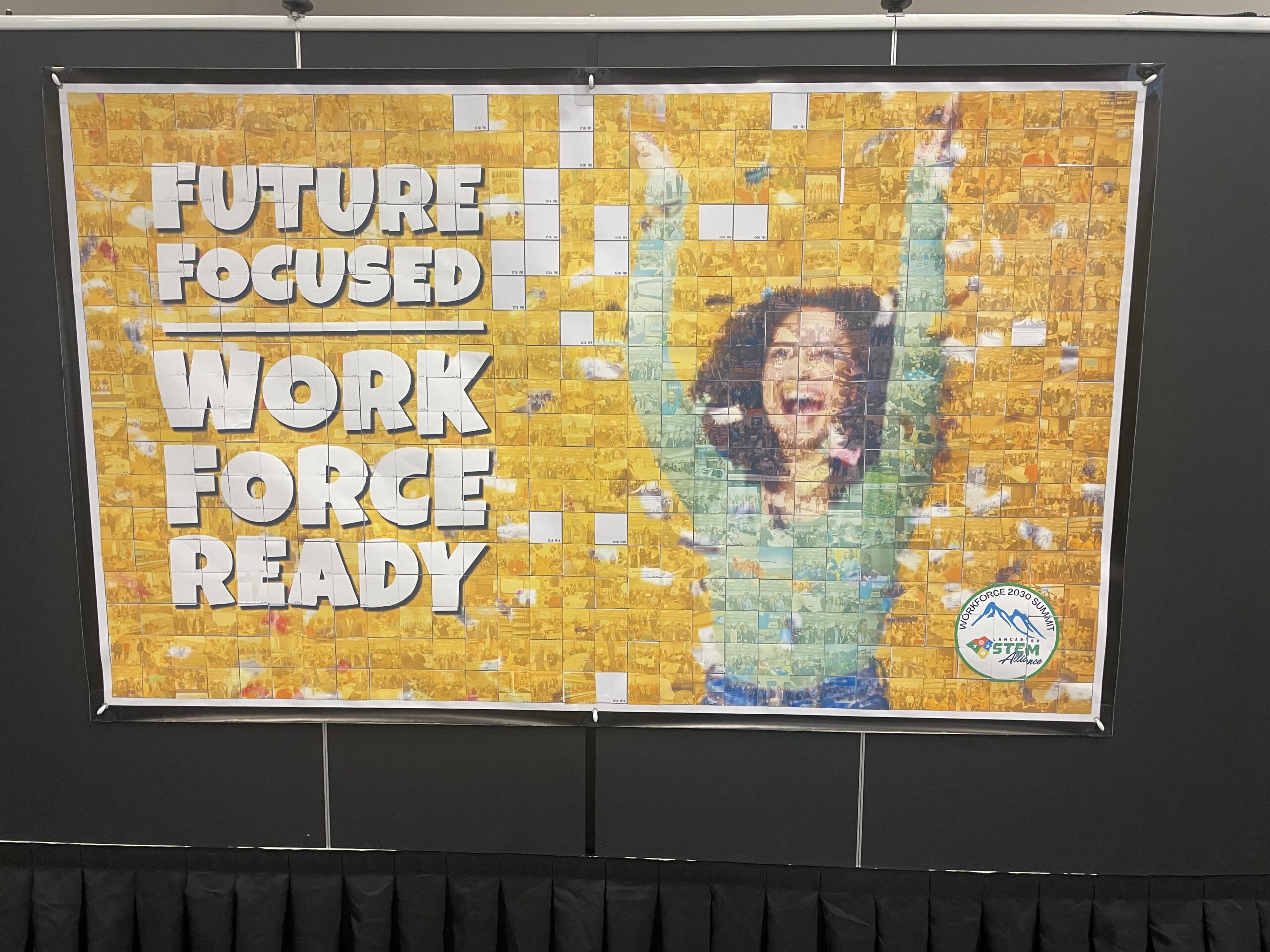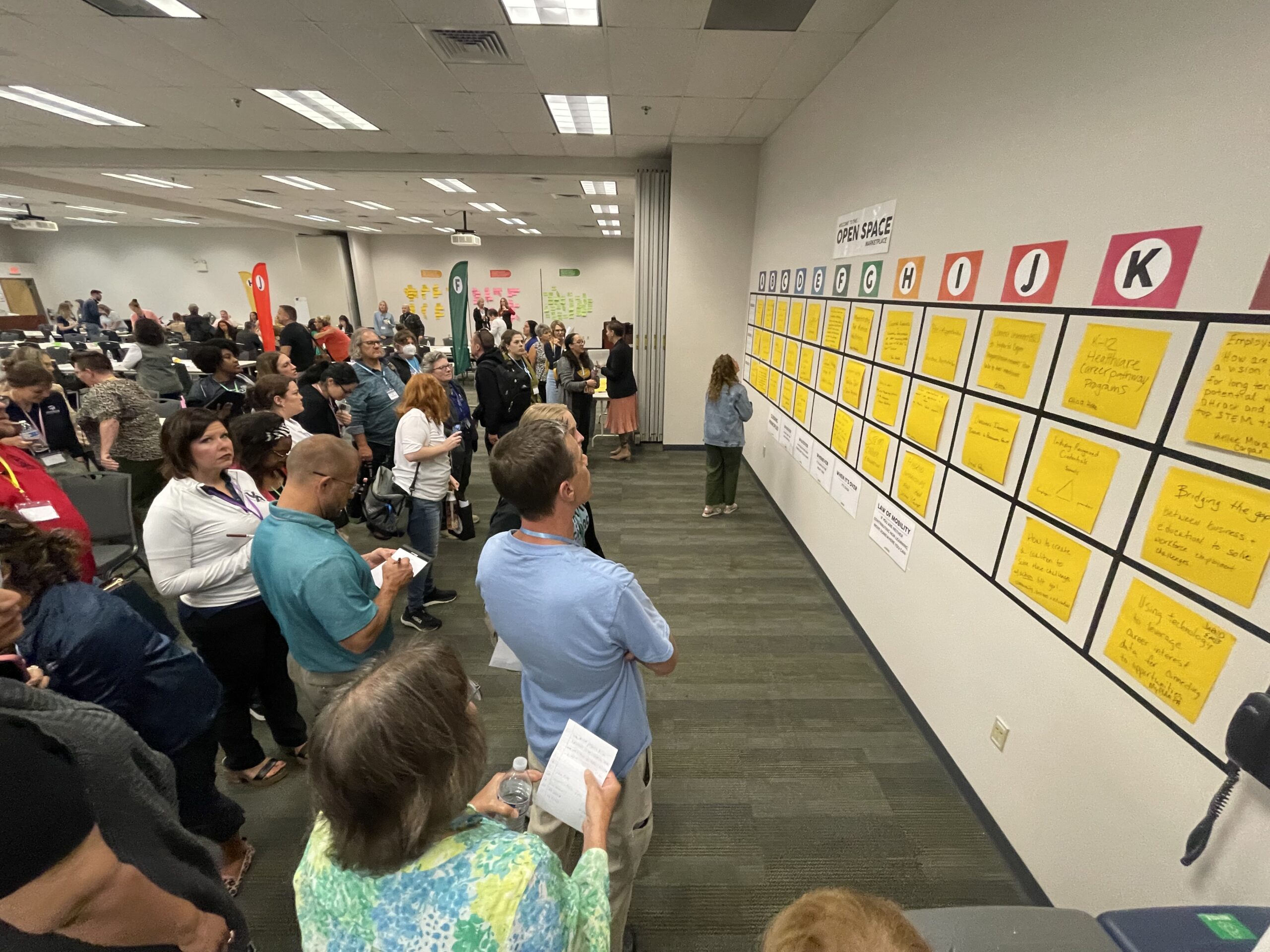
We partnered with the Lancaster STEM Alliance to design and facilitate the Workforce 2030 Summit, an annual gathering of 250 leaders across education, government, industry, and nonprofits. Our goal was to help attendees develop collaborative new approaches for preparing the next generation of youth for STEM careers.
This summit wasn’t just about discussing workforce challenges – it was about taking action together. Through a series of interactive facilitation techniques, participants built connections, shared insights, and co-created solutions to better align workforce development efforts in the region.
“Working with Spud was extremely valuable – our attendees were thrilled with the connections they were able to make thanks to his expert facilitation.”
“Working with Spud was extremely valuable – our attendees were thrilled with the connections they were able to make thanks to his expert facilitation.”
Summit Organizing Team
Summit Organizing Team
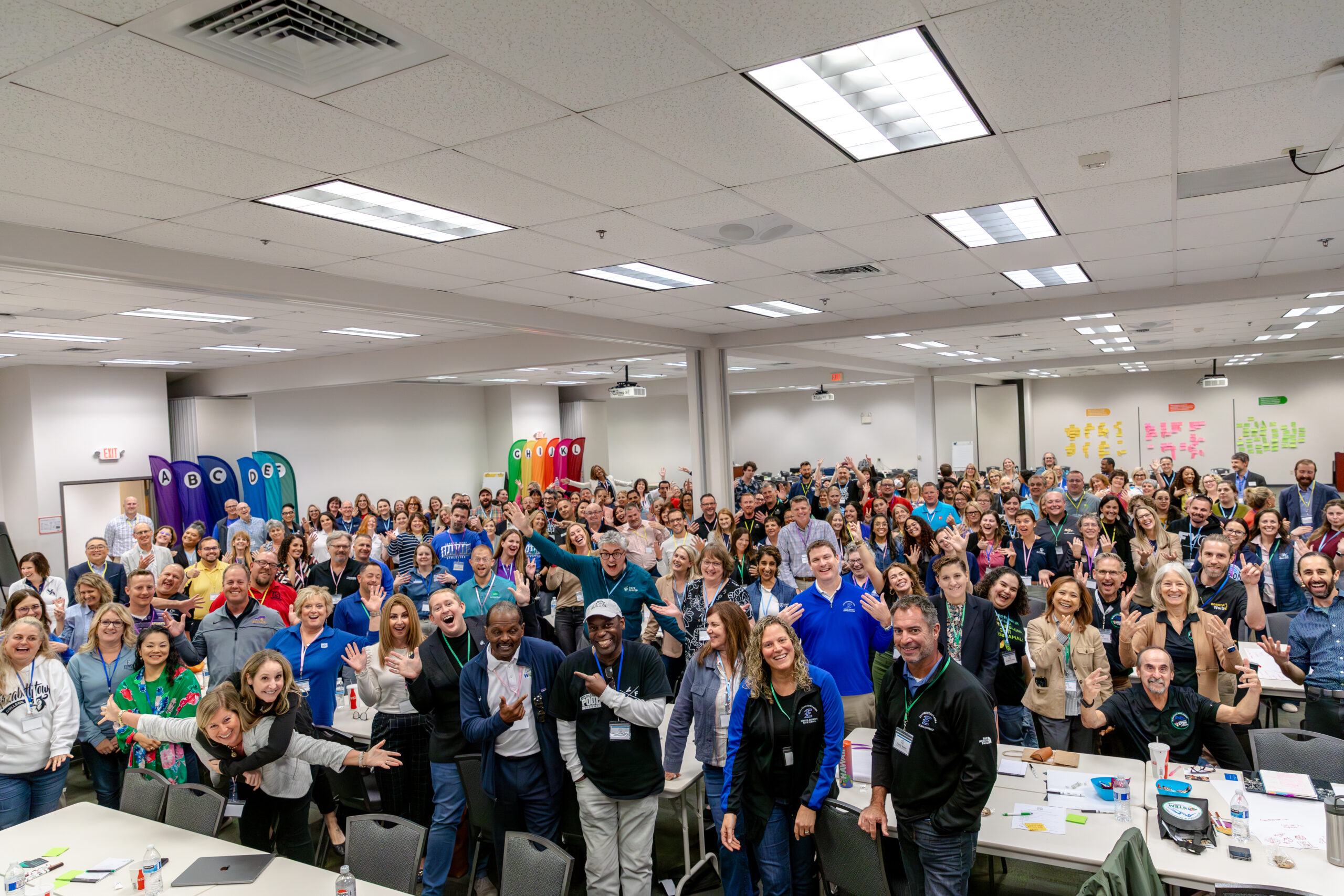
To ensure a highly engaging and productive experience, we incorporated four key facilitation techniques throughout the day:
Question Swap: Sparking Conversations That Matter
We kicked off the summit with a Question Swap activity to help participants connect across sectors and perspectives. Attendees were given a card from the Curiosity Deck and through different rounds, they set the tone for curiosity, active listening, and collaborative problem-solving.
Pecha Kucha Story Harvest: Learning From Successes
Next, we facilitated a Pecha Kucha Story Harvest, where speakers shared fast-paced, visually engaging presentations highlighting previously funded projects that emerged from last year’s summit. Each talk was limited to 20 slides, 20 seconds per slide, keeping the stories concise, high-energy, and focused on key takeaways. Throughout the talks, participants listened for key themes and discussed in small groups how these lessons could be applied to their own work.
World Café: Co-Designing Workforce Solutions
Through a World Café format, participants engaged in three rounds of small-group discussions, each focused on a critical workforce question. This method allowed for deep exploration of challenges and opportunities, while capturing themes and solutions that emerged across the conversations. As discussions unfolded, a collective picture of what’s working, what’s missing, and what’s next took shape.
Open Space: Turning Ideas Into Action
To close the day, we used Open Space Technology to empower participants to self-organize around the topics they were most passionate about. Attendees proposed discussion topics, formed groups, and worked together to identify concrete next steps. This approach ensured that everyone had a voice in shaping solutions, leading to tangible commitments for ongoing collaboration.
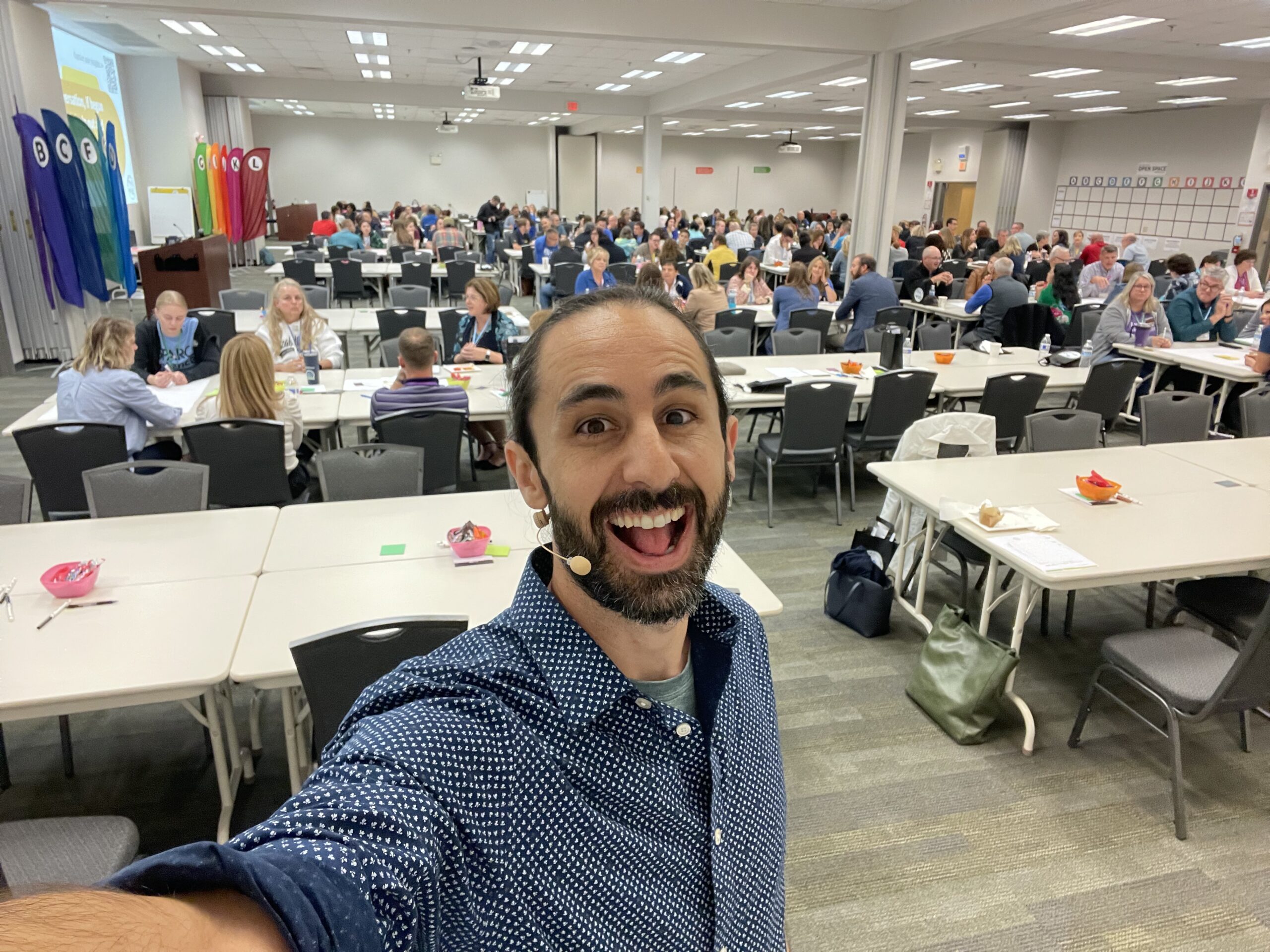
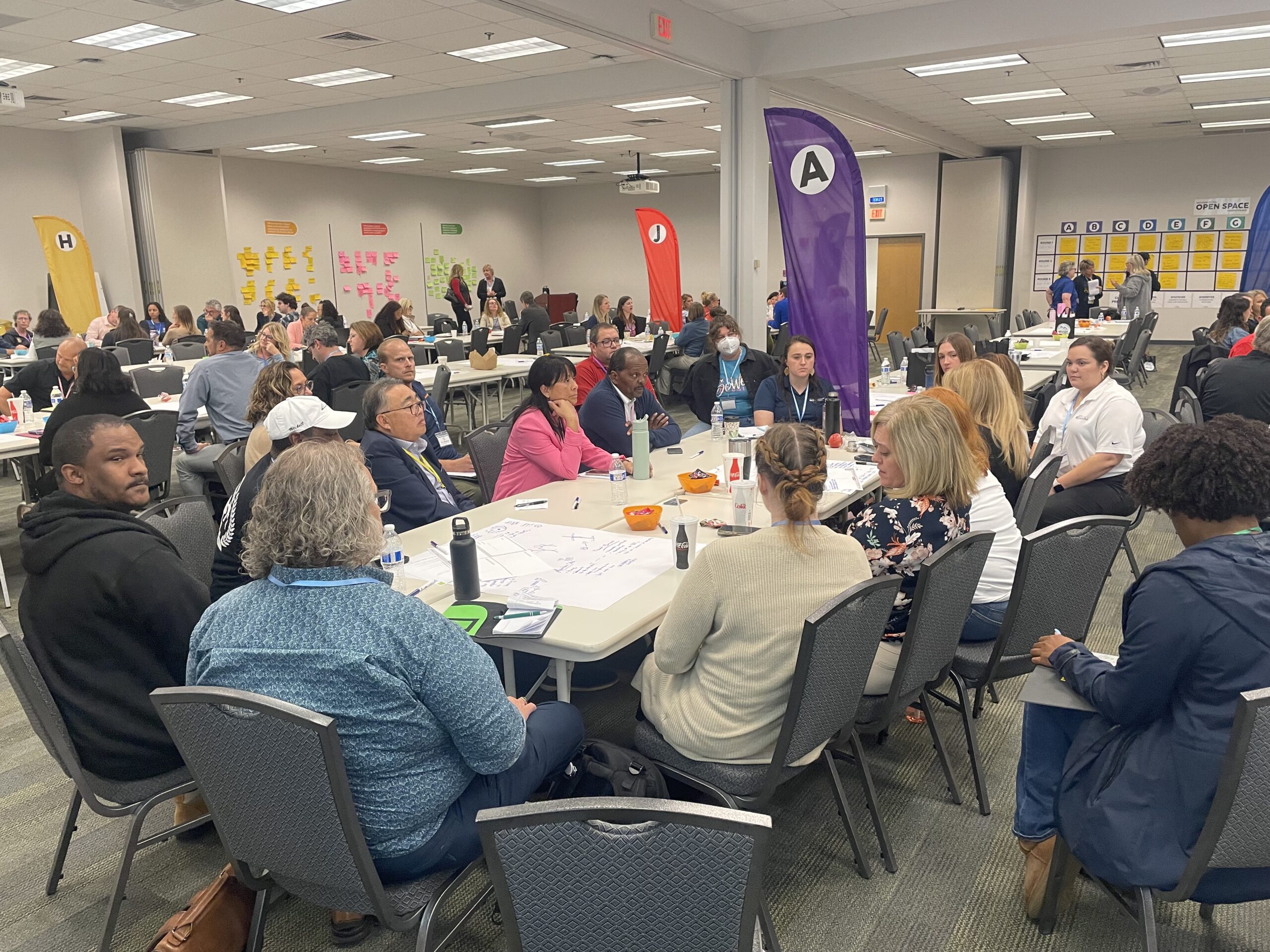
The Workforce 2030 Summit was more than just a meeting – it was a catalyst for action. Out of the gathering, 15 projects were proposed, each representing distinct collaborations between different partners. Of these proposals, a few were selected to receive a share of $100,000 to implement over the coming year. By bringing together diverse stakeholders and using structured yet flexible facilitation techniques, we helped participants:
- Build cross-sector connections that will strengthen workforce pipelines.
- Surface innovative solutions for preparing youth for STEM careers.
- Develop action plans that extend beyond the summit.
